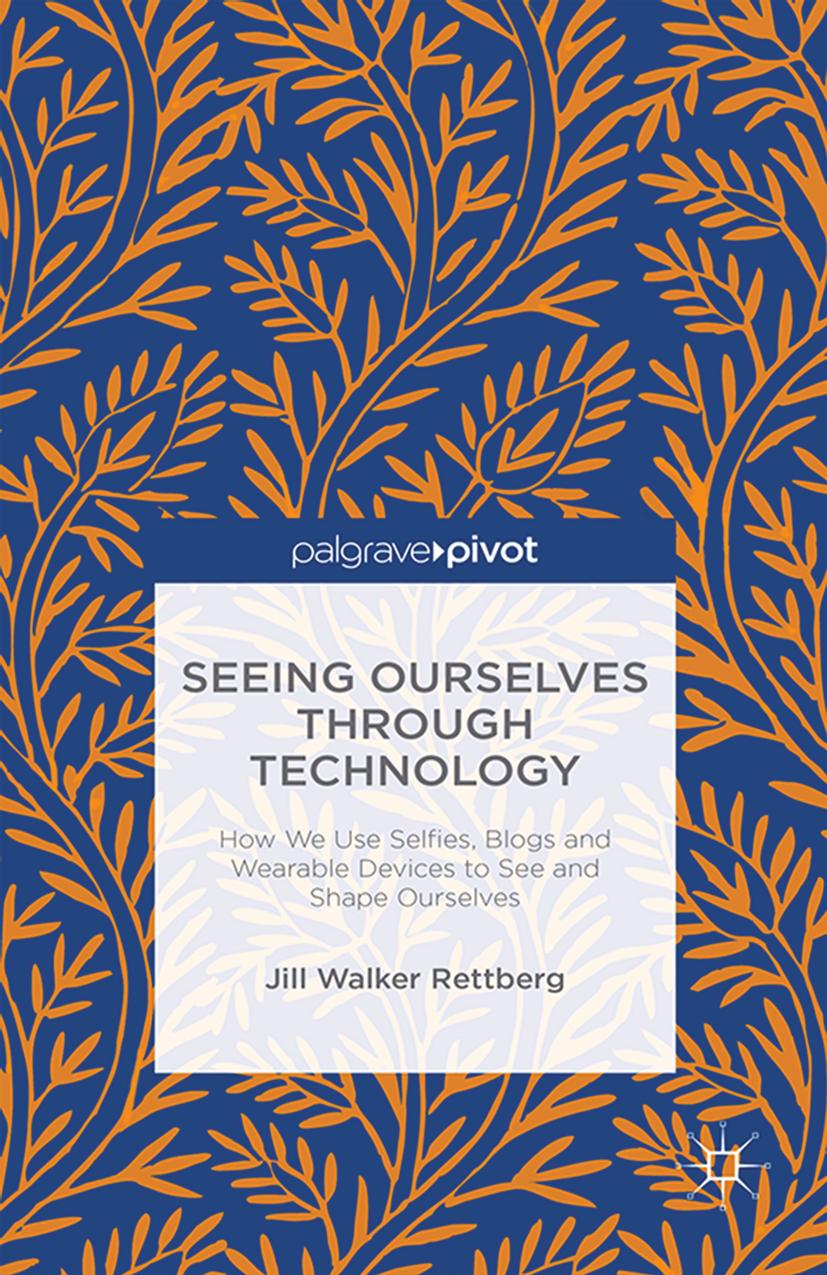Seeing Ourselves Through Technology: How We Use Selfies, Blogs and Wearable Devices to See and Shape Ourselves by Jill Walker Rettberg

Author:Jill Walker Rettberg [Rettberg, Jill Walker]
Language: eng
Format: azw3, pdf
ISBN: 9781137476654
Publisher: Palgrave Macmillan UK
Published: 2014-10-01T16:00:00+00:00
Capture All
A couple of weeks before I finished this book, the call for works for the upcoming 2015 Transmediale arts festival was published. âCAPTURE ALL,â the website proclaims: âTrack steps. Track sleep. Track habits. Get fit. Get better. Update status. Count Heartbeats. Like Friends. Reach your goals. Share. Be influential. Be original. Find backers and back others. Work more. Work less. Be mindful. Send rewards. Predict actions. Challenge yourself. Become a Low-Carb Data Hero. Play the game. Track life.â The festival will showcase works that âoutsmart and outplay the logic of CAPTURE ALL and that organise more intimate modes of post-digital life, work and play, ... operating in and exploiting the blind spots of a datafied society.â
Transmediale is responding to the logic of a culture where it has become possible to record everything. We can store all our photographs, all our emails and all our text messages. Leaving the personal we also know that Google is trying to digitise all books ever published, that they are pretty close to having indexed all webpages and that they store data about all searches. This is very useful to us. I love being able to use Google Book search to search through old print books, or Google Trends to look at what people searched for in 2006, but it is a huge cultural shift from a very recent time where we had to select what to record, what to save and what to forget or discard.
The urge to exhaustively document everything is not new. In the late 1940s, the psychologist Roger Barker led a project attempting to document every moment of ordinary peoplesâ lives, as a counter to the constructed laboratory experiments that dominated psychology research at the time. Roger Barker and Herbert Wrightâs book One Boyâs Day (1951) is a 435 page record of everything that happens to a seven-year-old boy during one fourteen hour day, recorded minute by minute by a team of eight observers. While the book was criticised for its lack of analysis or theory, being nothing but raw data, Barker later published an anthology of studies based on such âbehavior streamsâ as he called them (Barker 1963), coining a term very reminiscent of the streams and feeds of data we create and read today. And yet, even as videotaping made recording simpler, this kind of intense collection of every detail of a personâs life did not become a common methodology until in the last few years, as computers have made it feasible not only to store such detailed logs but also to automatically record the data in the first place and to manipulate and analyse it. The Quantified Self movement with its blogs, conferences and meetups is the personal equivalent to big data: collecting and analysing data about oneself. Barker would have been thrilled to see the detailed streams of information about human behaviour collected by quantified selfers. But despite the promise of âbig dataâ we are still working out what kinds of questions can be answered by the data.
Download
Seeing Ourselves Through Technology: How We Use Selfies, Blogs and Wearable Devices to See and Shape Ourselves by Jill Walker Rettberg.pdf
This site does not store any files on its server. We only index and link to content provided by other sites. Please contact the content providers to delete copyright contents if any and email us, we'll remove relevant links or contents immediately.
Pale Blue Dot by Carl Sagan(4913)
Cracking the GRE Premium Edition with 6 Practice Tests, 2015 (Graduate School Test Preparation) by Princeton Review(4227)
Pocahontas by Joseph Bruchac(4183)
Unfiltered by Lily Collins(3960)
The Emotionary: A Dictionary of Words That Don't Exist for Feelings That Do by Eden Sher(3318)
The Daily Stoic by Holiday Ryan & Hanselman Stephen(3235)
Factfulness_Ten Reasons We're Wrong About the World_and Why Things Are Better Than You Think by Hans Rosling(3199)
The President Has Been Shot!": The Assassination of John F. Kennedy by Swanson James L(3054)
The 48 laws of power by Robert Greene & Joost Elffers(3028)
Sapiens and Homo Deus by Yuval Noah Harari(2987)
Rogue Trader by Leeson Nick(2977)
The Innovators: How a Group of Hackers, Geniuses, and Geeks Created the Digital Revolution by Walter Isaacson(2849)
Gettysburg by Iain C. Martin(2786)
The Rape Of Nanking by Iris Chang(2774)
Almost Adulting by Arden Rose(2665)
The Plant Paradox by Dr. Steven R. Gundry M.D(2548)
In the Woods by Tana French(2533)
500 Must-Know AP Microeconomics/Macroeconomics Questions(2532)
Make by Mike Westerfield(2290)
